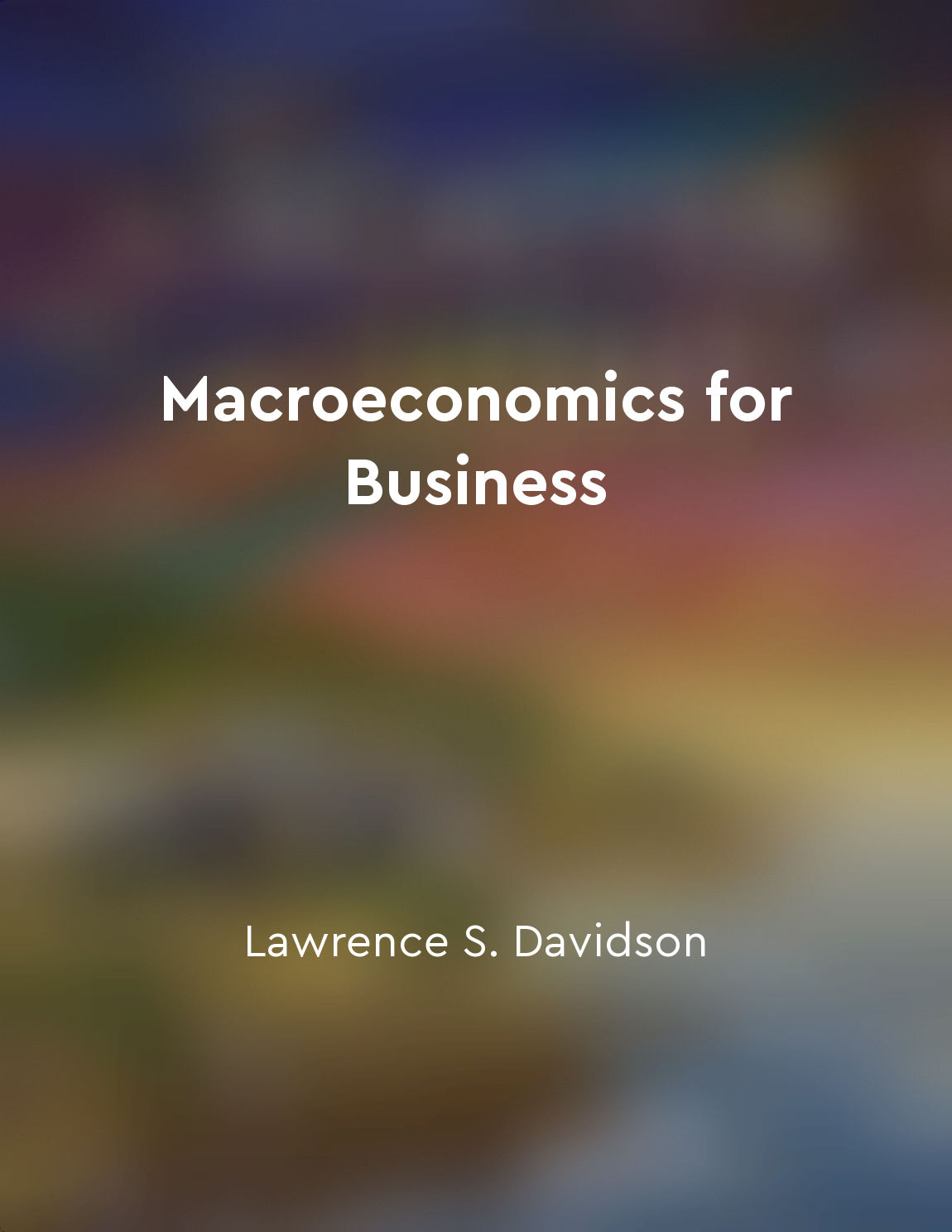Supply and demand are key determinants of market equilibrium from "summary" of Business Cycles and Equilibrium by Fischer Black
Supply and demand are essential factors in determining market equilibrium. The interaction between these two forces ultimately dictates the price at which goods and services are exchanged in the market. When there is an imbalance between the quantity supplied and the quantity demanded, market forces come into play to restore equilibrium. If the supply of a good or service exceeds the demand for it, prices will inevitably fall. This decrease in price incentivizes consumers to purchase more of the product, thereby increasing demand. On the other hand, when demand outstrips supply, prices rise, leading to a decrease in demand as consumers become less willing or able to purchase the product at the higher price point. Market equilibrium is achieved when the quantity supplied equals the quantity demanded at a particular price. At this point, there is no excess supply or demand in the market, and prices remain stable. However, it is important to note that market equilibrium is not a static state; rather, it is constantly shifting in response to changes in supply and demand. The concept of market equilibrium is fundamental to understanding the dynamics of the economy. It serves as a mechanism through which prices are determined in a free market system, guiding the allocation of resources and facilitating efficient exchange. By analyzing the interplay between supply and demand, economists can gain insights into the functioning of markets and predict fluctuations in prices and quantities.- Supply and demand are the driving forces behind market equilibrium. Their interaction shapes the price levels and quantities of goods and services exchanged in the market. Understanding the concepts of supply and demand is crucial for analyzing market dynamics and making informed decisions in the business world.
Similar Posts

Business strategies adapt to changing macroeconomic conditions
In the dynamic landscape of the business world, firms must be acutely aware of the ever-changing macroeconomic conditions that ...

Antitrust enforcement can hinder economic growth
The idea that antitrust enforcement can impede economic growth is a key theme in discussions surrounding antitrust policy. Prop...

Competition fosters innovation
The concept of competition fostering innovation is a fundamental principle in economics. When firms are faced with competition ...
Competition benefits consumers
In a world of limited resources and unlimited wants, competition plays a crucial role in ensuring that consumers get the best p...
Government plays a role in macroeconomic stabilization
In the study of macroeconomics, one important concept is the role that government plays in stabilizing the economy. When the ec...

Efficiency maximization benefits society
Efficiency maximization benefits society by ensuring that resources are utilized in the most effective manner possible. When bu...

Inflation is a hidden tax on the poor
Inflation affects everyone in society, but its impact is particularly harsh on those with lower incomes. When prices rise acros...

